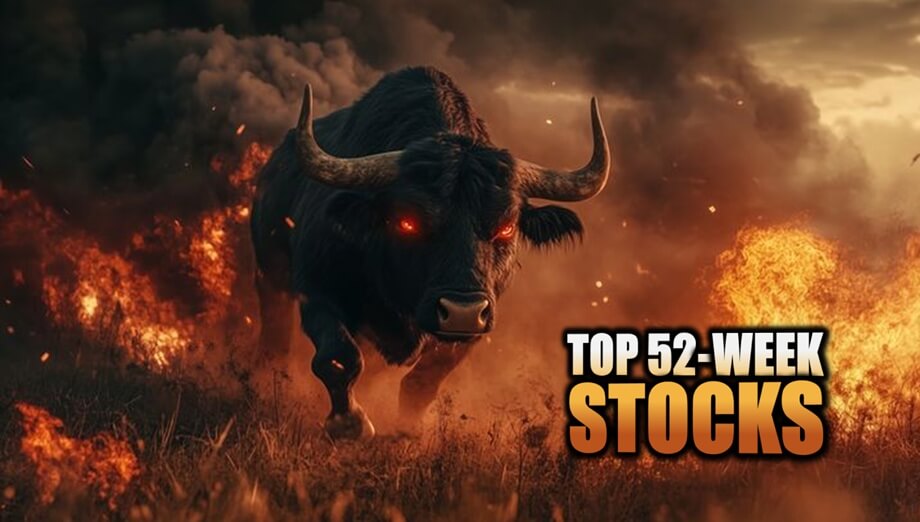Fear and Greed Index Plunges to 20 - Is It Time to Buy or Brace for More Declines?
The Fear and Greed Index plunges to Extreme Fear at 20 -historically a buy signal, but is the market primed for recovery or further declines?
 Mar 15 2025
Mar 15 2025
The Fear & Greed Index, a widely followed sentiment gauge among investors, has dropped to an extreme fear level of 20. Historically, such a reading has often signaled potential buying opportunities, but does that hold true in today's uncertain economic landscape?
While stock markets are showing gains, the underlying risks - trade wars, unpredictable policy decisions, and broader economic concerns - still loom large.
The Fear & Greed Index, a widely followed sentiment gauge among investors, has dropped to an extreme fear level of 20. Historically, such a reading has often signaled potential buying opportunities, but does that hold true in today's uncertain economic landscape?
While stock markets are showing gains, the underlying risks - trade wars, unpredictable policy decisions, and broader economic concerns - still loom large.
Understanding the Fear & Greed Index
The Fear & Greed Index, developed by CNN, is designed to measure the overall sentiment in the market. It operates on a scale from 0 to 100, with lower values indicating extreme fear and higher values representing excessive greed. Investors often use this index to gauge whether the market is oversold or overbought, helping them determine potential entry or exit points.
Several key indicators contribute to this index, including:
Fear in the Market - Buying Opportunity or a Warning Sign?
Historically, extreme fear levels have often preceded strong market rebounds. When fear dominates, stocks tend to be undervalued due to panic selling, creating attractive entry points for long-term investors. However, not every market dip signals an immediate turnaround.
Today's situation is complex. Despite the market's recent gains - such as the Nasdaq rising over 2% - the broader economic picture remains uncertain.
Risk Factors That Could Drive Markets Lower
he global trade landscape remains highly uncertain. The U.S. continues its aggressive tariff policies under former President Donald Trump, impacting trade relationships with China, Canada, Mexico, and the European Union. Supply chain disruptions and retaliatory tariffs could continue pressuring corporate earnings and investor sentiment.
Trump history of policy shifts adds another layer of unpredictability. Sudden changes in trade agreements, tax policies, or international relations can trigger market volatility. Investors should be prepared for potential policy-driven disruptions.
While a full-blown recession has not yet been declared, several economic indicators signal potential trouble ahead. Consumer confidence is weakening, manufacturing data has been soft, and labor market pressures are increasing. If these trends persist, corporate earnings may take a hit, prolonging market uncertainty.
Is the Market Rally a Bull Trap?
One of the biggest concerns for investors is whether the recent uptick in stock prices is a true recovery or merely a temporary bounce within a broader downtrend.
This phenomenon, known as a bear market rally, often misleads investors into thinking the worst is over. Short-term rallies can be fueled by technical factors - such as short covering or algorithmic trading- rather than fundamental improvements in economic conditions.
o determine whether the market is genuinely rebounding, investors should monitor key indicators:
Are companies showing real revenue growth, or are stock prices rising purely on speculation?
Are key economic indicators—like job growth and GDP expansion—showing signs of strength?
Will the Fed lower interest rates to stimulate growth, or is it signaling a more cautious approach?
As of now, many signs still point to economic uncertainty rather than a sustained recovery.
How Should Investors Navigate This Environment?
When fear dominates the market, high-quality stocks often become undervalued. Investors with a long-term perspective may find opportunities to buy strong companies at attractive prices. However, proper risk management is essential.
Traders seeking quick gains should be wary of sudden market swings. Bear market rallies can create false breakouts, leading to losses if positions are mistimed. Consider using stop-loss orders to protect against sharp reversals.
Given ongoing economic risks, diversifying across asset classes—such as equities, bonds, gold, and cash—can help manage volatility. Additionally, options strategies (such as protective puts) can provide downside protection.
Bottom Line - Extreme Fear, but Not a Clear Buy Signal
The Fear & Greed Index at 20 suggests extreme investor pessimism, often a contrarian buy signal. However, given the backdrop of trade tensions, policy unpredictability, and recession fears, investors should approach cautiously.
For long-term investors, selective buying opportunities may exist, but a disciplined strategy is crucial. For short-term traders, the risk of a bear market rally means staying nimble and protecting gains. While fear-driven selloffs can create opportunities, the broader market outlook remains uncertain—so keeping a close eye on economic developments is key.
Unlock Exclusive Stock Insights!
Join StocksRunner.com for daily market updates, expert analyses, and actionable insights.
Signup now for FREE and stay ahead of the market curve!
Why Join?
Find out what 10,000+ subscribers already know.
Real-time insights for informed decisions.
Limited slots available, SignUp Now!
Please note that the article should not be considered as investment advice or marketing, and it does not take into account the personal data and requirements of any individual. It is not a substitute for the reader's own judgment, and it should not be considered as advice or recommendation for buying or selling any securities or financial products.



 Hadar.Goldberg
Hadar.Goldberg












